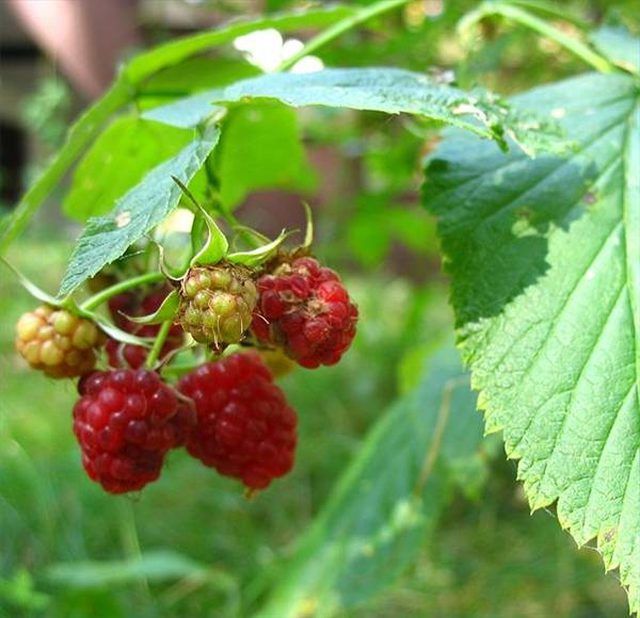Bulbs
Flower Basics
Flower Beds & Specialty Gardens
Flower Garden
Garden Furniture
Garden Gnomes
Garden Seeds
Garden Sheds
Garden Statues
Garden Tools & Supplies
Gardening Basics
Green & Organic
Groundcovers & Vines
Growing Annuals
Growing Basil
Growing Beans
Growing Berries
Growing Blueberries
Growing Cactus
Growing Corn
Growing Cotton
Growing Edibles
Growing Flowers
Growing Garlic
Growing Grapes
Growing Grass
Growing Herbs
Growing Jasmine
Growing Mint
Growing Mushrooms
Orchids
Growing Peanuts
Growing Perennials
Growing Plants
Growing Rosemary
Growing Roses
Growing Strawberries
Growing Sunflowers
Growing Thyme
Growing Tomatoes
Growing Tulips
Growing Vegetables
Herb Basics
Herb Garden
Indoor Growing
Landscaping Basics
Landscaping Patios
Landscaping Plants
Landscaping Shrubs
Landscaping Trees
Landscaping Walks & Pathways
Lawn Basics
Lawn Maintenance
Lawn Mowers
Lawn Ornaments
Lawn Planting
Lawn Tools
Outdoor Growing
Overall Landscape Planning
Pests, Weeds & Problems
Plant Basics
Rock Garden
Rose Garden
Shrubs
Soil
Specialty Gardens
Trees
Vegetable Garden
Yard Maintenance
How to Plant Raspberry Bushes
How to Plant Raspberry Bushes. Raspberries are a much loved small fruit. Coming in a close second to the national favorite, strawberries, they can be used in a number of ways--fresh or frozen, or preserved as jam or an ice cream topping. High in vitamins A and C, this tasty fruit comes in a variety of colors and once a patch has been established,...

Raspberries are a much loved small fruit. Coming in a close second to the national favorite, strawberries, they can be used in a number of ways--fresh or frozen, or preserved as jam or an ice cream topping. High in vitamins A and C, this tasty fruit comes in a variety of colors and once a patch has been established, it can be productive for up to 12 years.
Things You'll Need
Planting site that receives full sun
Soil pH testing kit
Shovel
Raspberry seedlings
Water
10-10-10 or 12-12-12 fertilizer
Select a planting site in early spring. Choose a site that receives full sun. If a sunny place is unavailable, ensure the selected planting area receives a minimum of six hours of sun a day. A successful site must be located at least 300 feet from of any other type of raspberry or blackberry plant.
Test the pH of the soil. Raspberries grow well in loamy soil that has a pH between 5.5 and 6.5. If the pH is too low, lime must be added to raise it. If it is too heavy and clay-like, add three bushels of compost or manure for every 100 feet of row to improve aeration prior to planting.
Eradicate all weeds from the planting site with a liberal application of herbicide or remove by hand.
Determine which planting system best suits your needs. For sites with a bit of slope, planting in hills with three feet between seedlings will yield the best results; with a hedgerow system, setting seedlings in uninterrupted rows about 2 feet apart works well on level ground. If you have clay-like or heavy soil, the establishment of a raised bed system is your best option.
Dig holes for your seedlings. Make them approximately 6 inches deep and 2 to 3 feet apart. If you are establishing multiple hedges, situate rows approximately 8 feet apart.
Trim back the seedling canes to approximately 6 inches above the root system. Remove the packaging and gently place the seedlings in the ground. Cover the area around the transplant with loose soil and push the ample soil around the base to secure the seedling.
Give the new plants 1? inches of water after transplanting and every week thereafter. Weed by hand after watering.
Add 2 oz. of general purpose, water soluble fertilizer to each seedling two weeks after planting, spreading it evenly in a circle around the seedling, but keeping the fertilizer at least 3 inches away from the cane itself.
Tips & Warnings
If your seedlings seem dry, soak them for at least one hour prior to planting to ensure the roots are well watered.
It is not necessary, but it can be beneficial to install a trellis system to provide additional support for the plants as the raspberry bushes grow. It doesn't need to be fancy. Planting posts at the end of each row and running wires between works just fine.
Generally raspberries require at least two full growing seasons to produce a reasonable quantity of fruit.
Do not plant raspberries in a site that has previously been used for growing eggplant, potatoes or tomatoes.